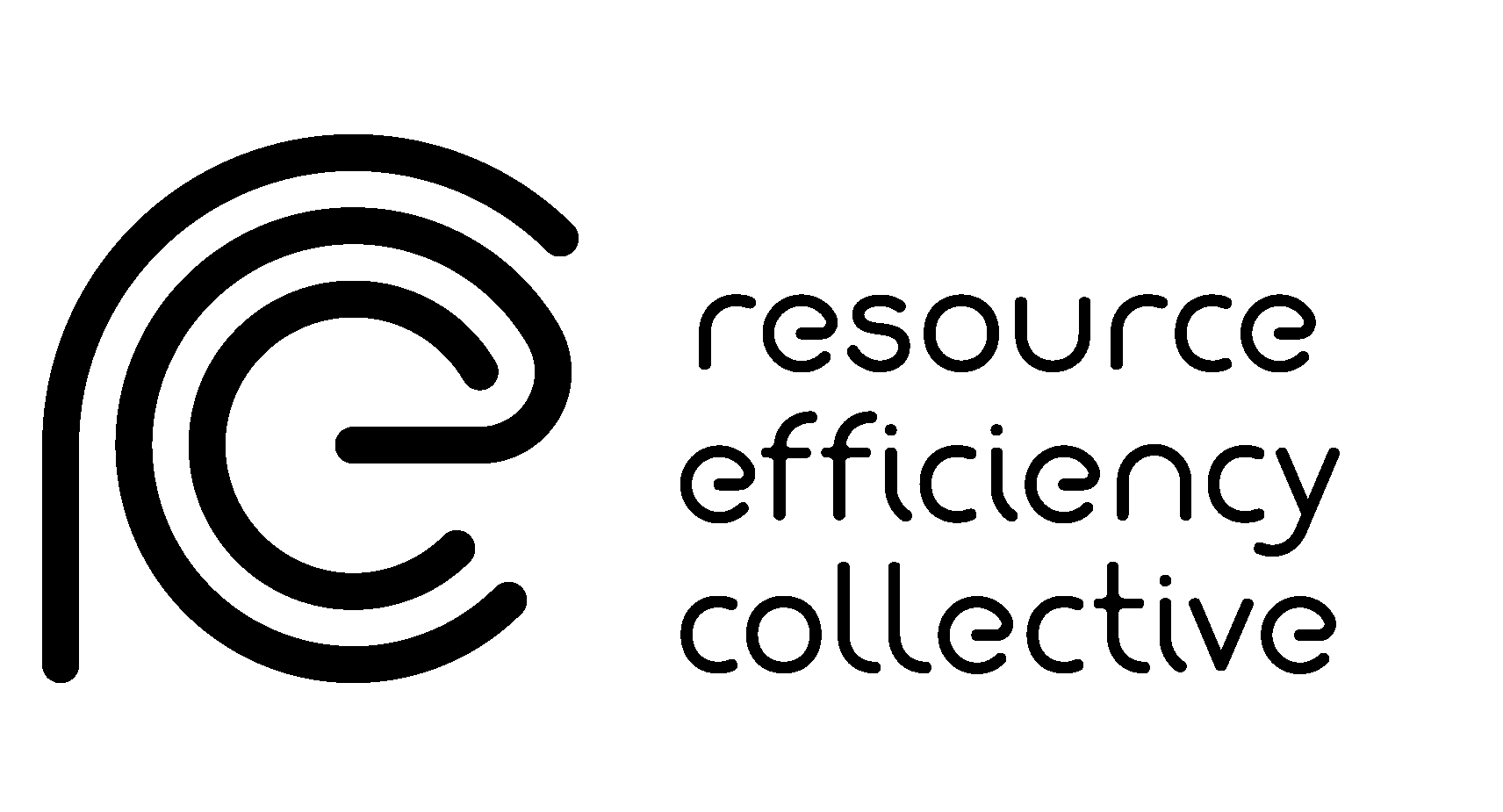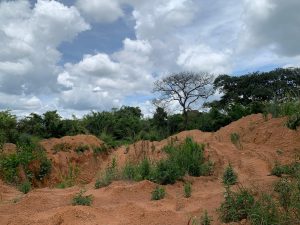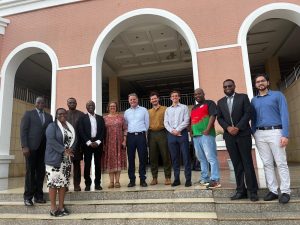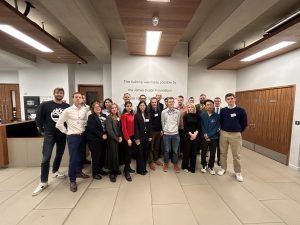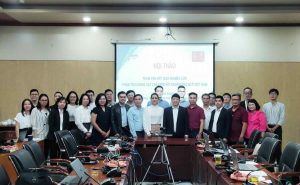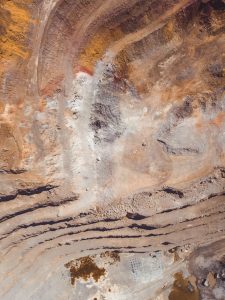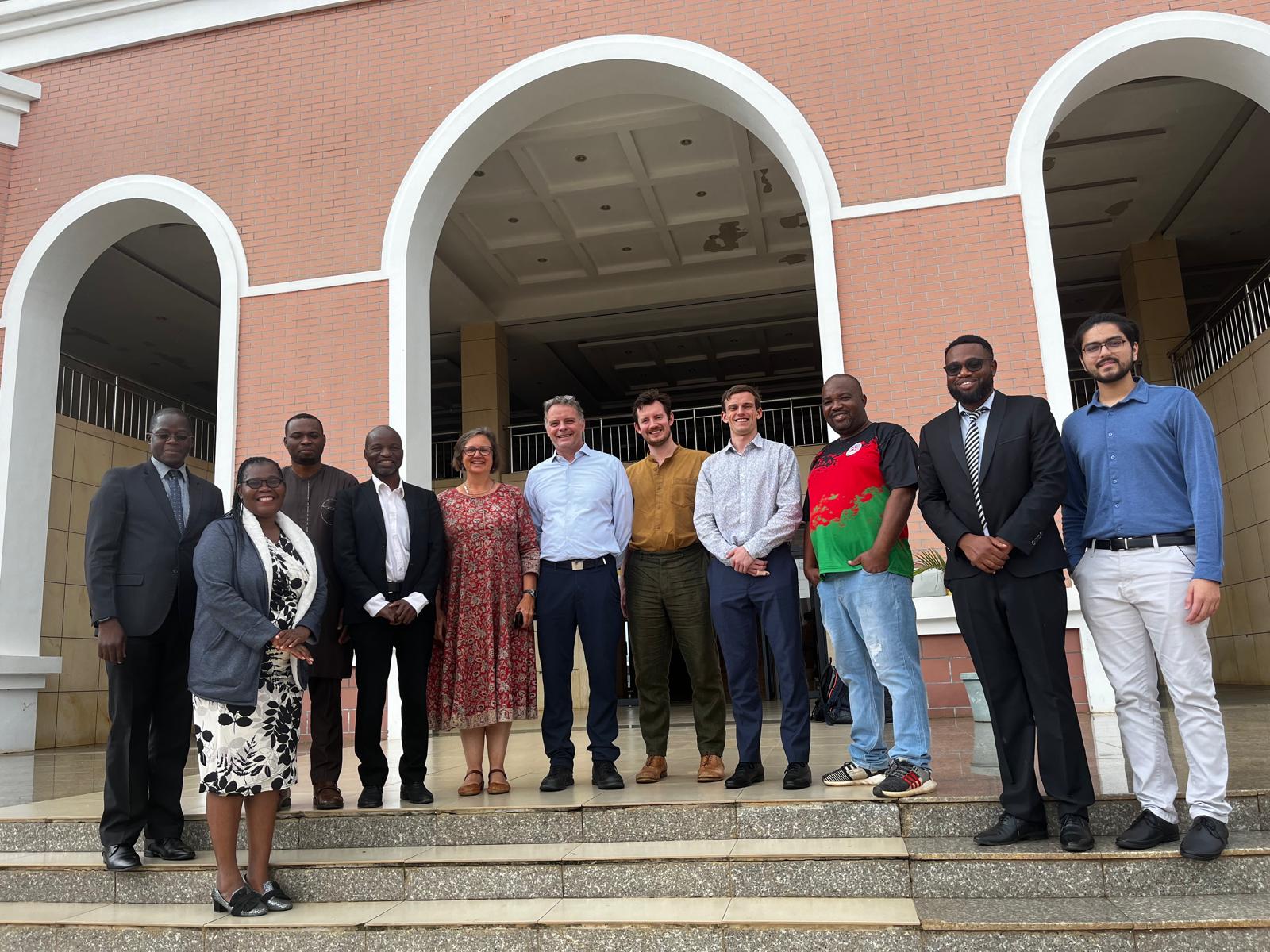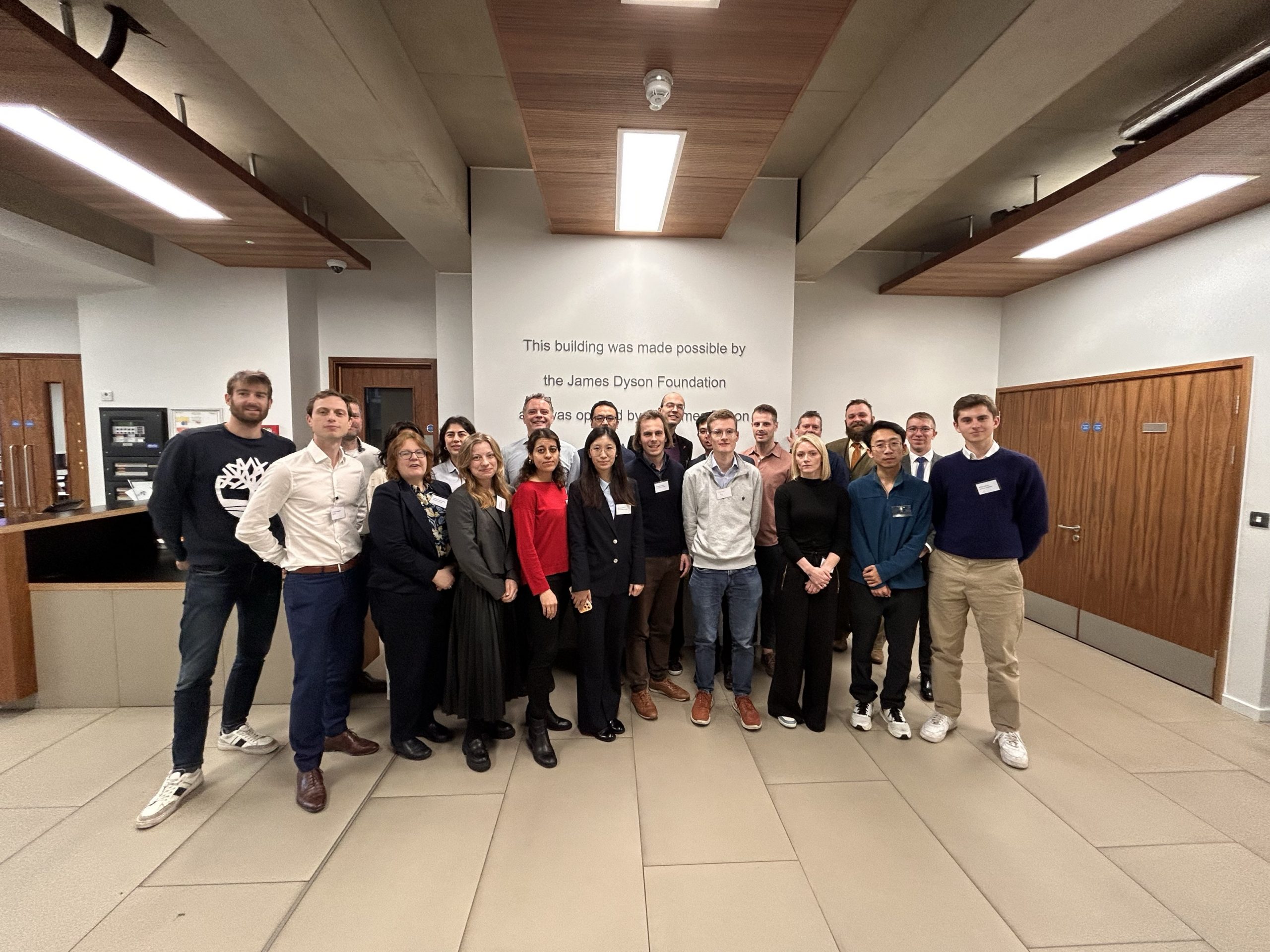Exploring the Copperbelt: A Journey Through The Promise of Zambia
Recently, I had the opportunity to visit with the CCG Zambia team in the heart of Zambia’s Copperbelt region, a place rich in history, culture, and, of course, copper mining. After the annual workshop held in Lusaka, we drove to the Copperbelt region on a journey that took us across Ndola, Kitwe, and multiple small mining towns near the border with the Democratic Republic of the Congo (DRC), such as Mokambo, Mufuliara and Murundi.
Discovered in the early 20th century, Zambia’s Copperbelt was the financial backbone of British Northern Rhodesia, fueling Britain’s booming industries. Once a tapestry of thick Miombo woodlands, the region transformed into an industrial hub that today holds a different promise: ending climate change by facilitating the transition to a non-fossil fuel economy and bringing prosperity to a region that still struggles with poverty and inequality.
True to its name, the region hosts an essential reserve of copper, one of the critical minerals needed to manufacture renewable energy technologies such as solar panels, wind turbines and energy storage systems. Further north, in Zambia’s Northern Province, the country is endowed with more critical minerals such as lithium, tin, graphite, nickel, cobalt, copper, manganese, uranium, and rare earth elements becoming an essential player of the energy transition.
As the energy transition accelerates and minerals become increasingly valuable commodities, companies worldwide eagerly seek to secure supply partnerships to meet their material demands. However, the significant surge in extraction is raising substantial concerns for local communities that live the daily consequence of mining mismanagement and have limited opportunities to benefit from the resources beneath their communities. Acid spills are among the most common problems experienced by local communities, severely affecting their health and other economic activities such as agriculture. Only in 2025, there have been three acid spill incidents in the Copperbelt, one by a British company and three by Chinese firms, that have contaminated the Kafue River and endangered the lives of thousands of people and ecosystems.[1] A few days before our visit, a city spill caused the temporary shutdown of the water supply of Kitwe, the third biggest city in Zambia, with a population of around 900,000.
On our first day in the Copperbelt, the CCG Zambia team met with various stakeholders to establish a new interest group in the region that brought together representatives from the University of Zambia, local non-governmental organisations (NGOs), and government representatives from the Department of Mine Security and the State-owned enterprise ZCCM Investments Holdings. One of the main topics we discussed was the importance of artisanal mining for the region, the urgency to increase mining multinational regulation, and the need to create opportunities for local populations to translate those resources into long-term economic growth.
These conversations highlighted the complex intersection of education, environment, and economic development in the Copperbelt region. For instance, Copperbelt University is a crucial stakeholder in researching sustainable mining practices and providing the technical skills needed for value addition to local populations. On the other hand, the NGOs, mainly focused on empowering artisanal miners, highlighted the need to formalise and access the funding necessary for improving the livelihoods of the miners and their families. Furthermore, the officials of ZCCM Investments emphasised the government’s plans to support Zambia’s integration into value-added activities within the mineral value chain and the need to secure fairer contracts with mining multinationals.
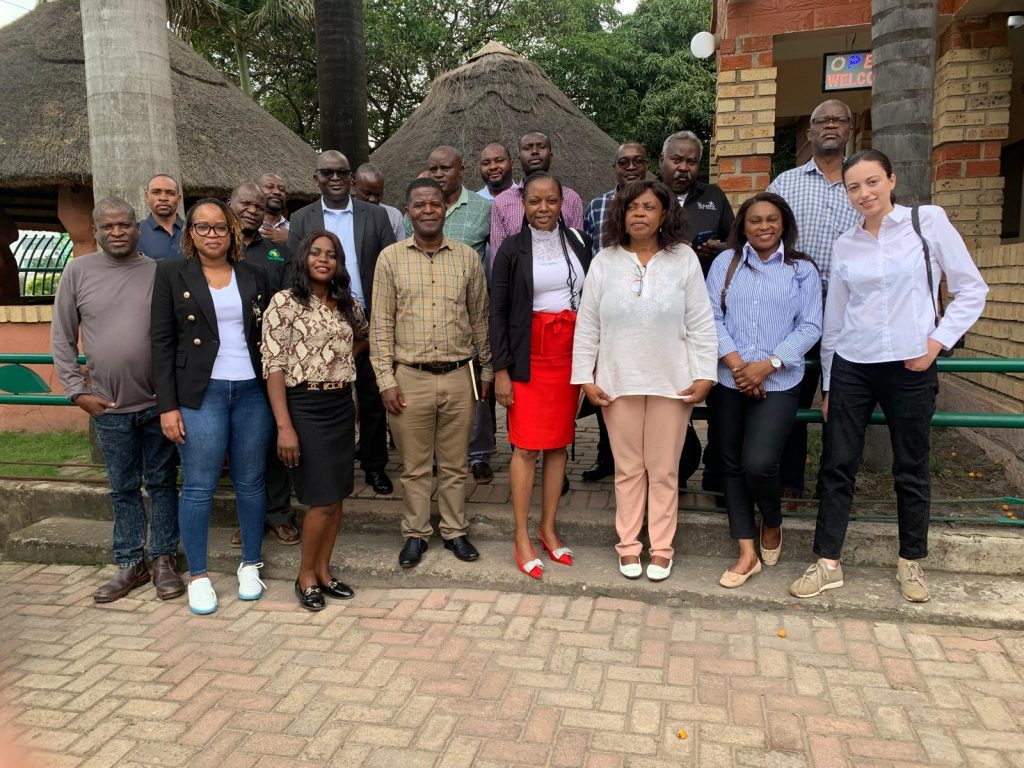
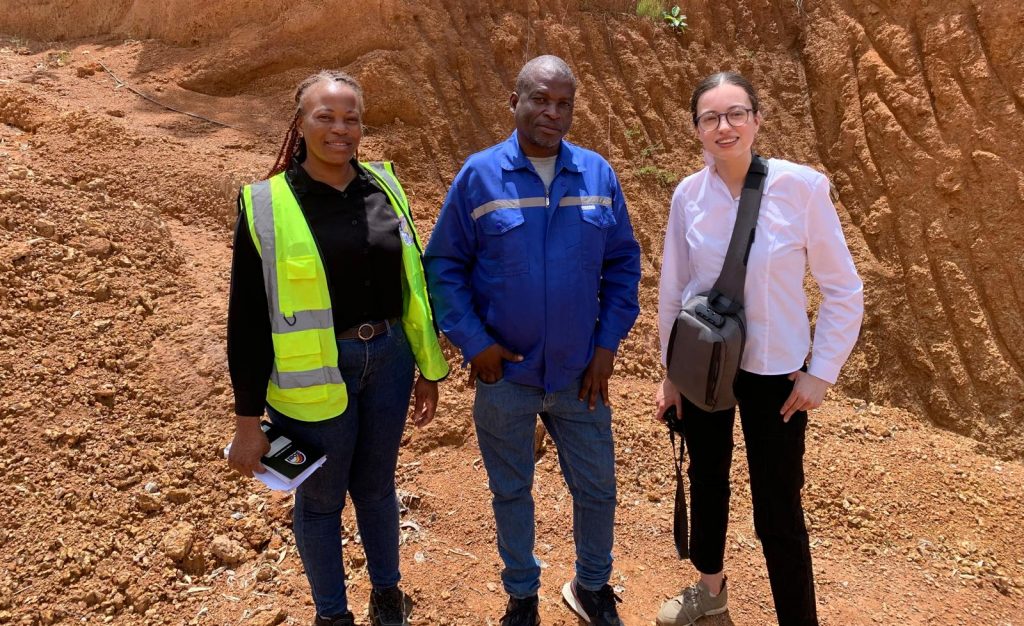
Photo 1: CCG Zambia team and Stakeholders in the first Interest Group Meeting in Kitwe, Zambia. Photo 2: Mrs. Phoebe Phiri (Ministry of Mine Security), Mr. Levy Mbewe (Flow Valve Copper Mine), and Gretel Cuevas (CCG Cambridge team).
On the second day, we visited an artisanal copper mine on the outskirts of Murundi, right on the border with the DRC. A couple of hours north of Kitwe, we met with Mr Levy Mbewe, owner of the exploration license of the Flow Valve Copper Miner, and Mine Security Inspector, Mrs Phoebe Phiri. As we drove through the unpaved streets surrounded by bamboo and Intugulu Plants, which, according to locals, are indicative of the presence of copper, we saw dozens of artisanal mines that sustain thousands of families in the region and represent the hope for a better future for thousands of families.
As I wrapped up my visit to the Copperbelt, I couldn’t help but reflect on the intricate relationship between mining, cultural identity, and the hope for a better future. While minerals are just materials for industrial use for many, for the Copperbelt communities, minerals represent their history, legacy, and hope for a more prosperous future.

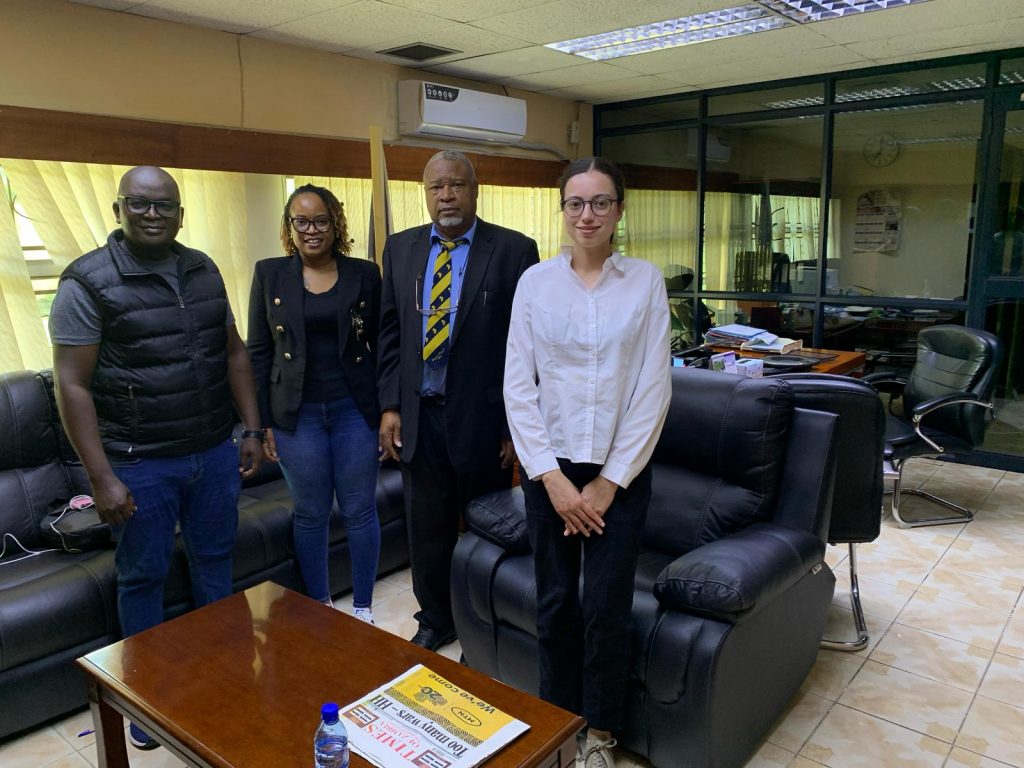
Photo 1: Artisanal mine in the limits between Murundi and the Democratic Republic of Congo (DRC). Photo 2: From left to right, Dr. Kabwe Mubanga (CCG Zambia Program Co-Director), Dr. Muchima Mulunda (CCG Zambia Coordinator), Professor Imasiku Nyambe (Vice-chancellor of the Copperbelt University), and Gretel Cuevas (CCG Cambridge team).
Photo credit: Gretel Cuevas
[1] Kapekele, P. (2025). “Catastrophic Acid Spills at Copper Mines test Zambia Plans to Boost Production” https://www.climatechangenews.com/2025/03/28/catastrophic-acid-spills-at-copper-mines-test-zambia-plans-to-boost-production/#:~:text=The%20pollution%20killed%20fish%2C%20burned,of%20Kitwe%20was%20shut%20down.
